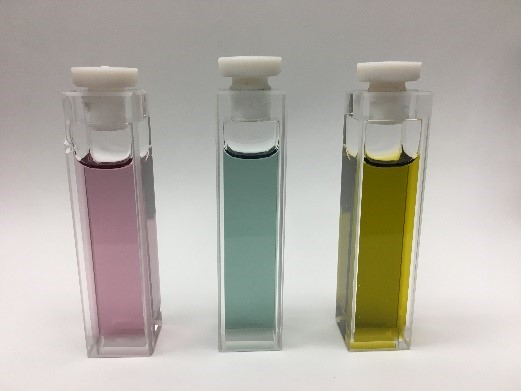News & Events
MSC03 2060
300 Terrace St. NE
Albuquerque, NM 87131-0001
Physical Location:
Clark Hall
Phone: 505-277-6655
chemistry@unm.edu
MSC03 2060
300 Terrace St. NE
Albuquerque, NM 87131-0001
Physical Location:
Clark Hall
Phone: 505-277-6655
chemistry@unm.edu

Profile: Ryan M O'Donnell currently works at Army Research Laboratory. Ryan does research in Analytical Chemistry, Spectroscopy and Environmental Chemistry. Their most recent publication is 'Electronic Nature of New Ir(III)-Complexes: Linear Spectroscopic and Nonlinear Optical Properties.' Dr. O'Donnell received his Bachelors of Science in Chemistry from Ohio University, Athens Ohio in 2010. He then received his PhD from John Hopkins University, Baltimore, MD in 2014. Check out some of his other articles: RSA in fluorinated iridium derivatives SPIE 2017 and Photodriven Oxygen Removal via TMCs RMO InorgChem!

Abstract: Transition metal chromophores (TMCs) have found broad application in photoredox catalysis, photodynamic therapy, biological sensing, organic light-emitting diodes, and non-linear optical (NLO) applications. Second- and third-row d6 TMCs, such as RuII or IrIII, are of particular importance due to their large spin-orbit coupling constants and the prevalence of metal-to-ligand charge transfer (MLCT) excited states. These compounds generally exhibit: large intersystem crossing quantum yields; moderate to high photoluminescence quantum yields; long-lived excited states; and substantial photostability.
Interest in the NLO applications of these materials has increased recently with reports of both two-photon absorption (2PA) and reverse saturable absorption (RSA). Our research team has been developing and photophysically characterizing iridium(III) complexes of the form [IrIII(C^N)2(LL)] where C^N is a cyclometalating ligand such as 2-phenylpyridine and LL is an ancillary ligand such as acetylacetonate. In particular, a new class of nitro-derivatized ligands synthesized via Suzuki coupling reactions are under investigation. The chemical, redox, and photophysical properties of this family of materials will be discussed in detail with particular emphasis on their potential application as RSA materials.
See Announcement